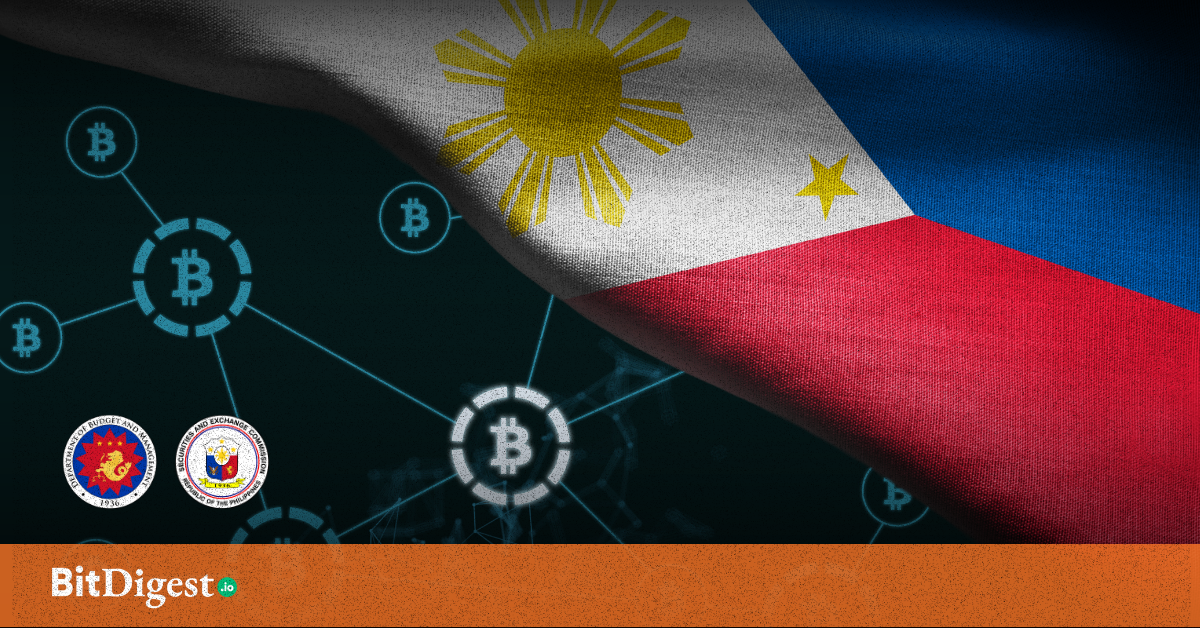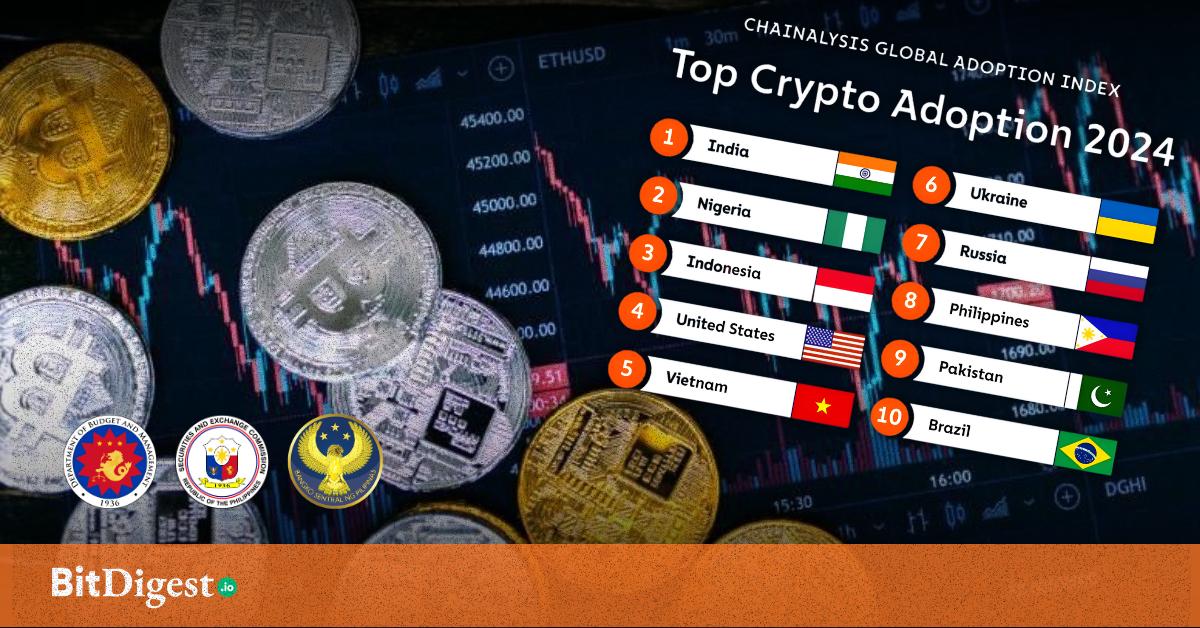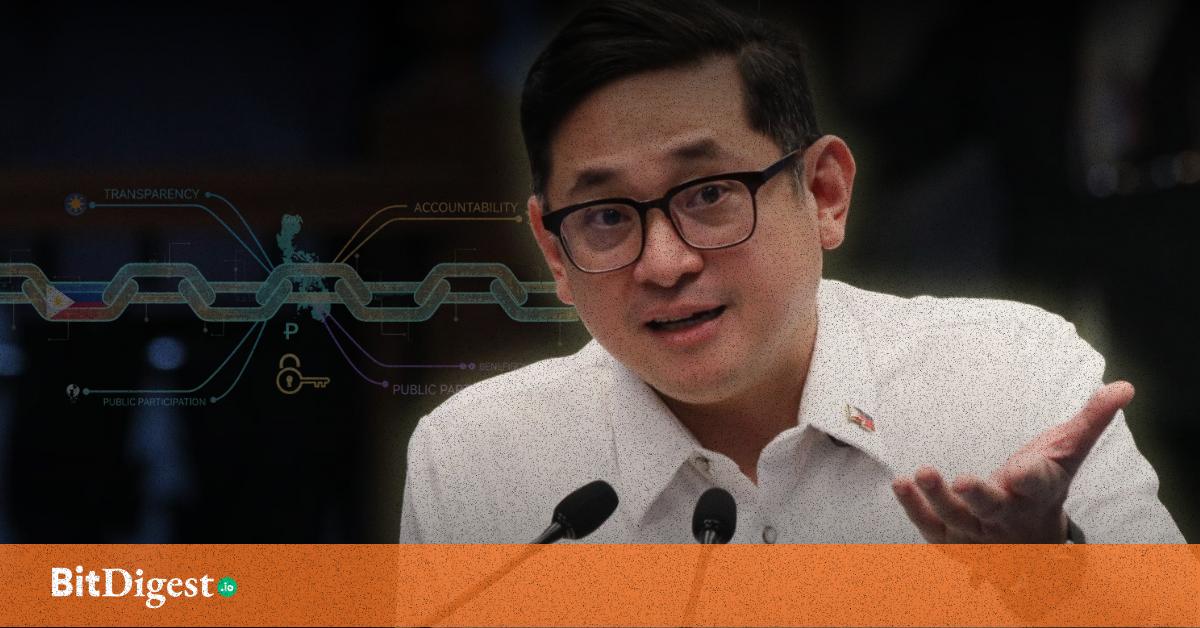Things You Should Know: How Will CADENA Act Digitize Public Spending
The Philippine Senate has advanced Senate Bill No. 1506—also known as the Citizen Access and Disclosure of Expenditures for National Accountability (CADENA) Act—marking a major step toward building a unified, digitized system for monitoring how government funds are allocated and spent. The measure, which substitutes Senate Bill 1330, now emphasizes a broader digital governance approach while retaining key transparency objectives first proposed under the “blockchain the budget” vision. It mandates creation of a digital budget portal, an integrated platform meant to bring clarity, accessibility, and accountability to how public money moves.
A Portal for the Budget Lifecycle
The development of the CADENA digital public portal integrates all stages of the budget process, from planning to release and disbursement. Rather than piecemeal publication across agency websites or static PDF uploads, this portal will serve as the government’s single source of truth for budget information. Designed to be secure, tamper-resistant, and searchable, the system will be managed by the Department of Budget and Management (DBM) but implemented in cooperation with multiple departments including the Department of Information and Communications Technology (DICT), the Commission on Audit (COA), and even the private sector when needed.
Notably, the system will require implementing agencies to upload key documents and updates in real time, with each update—as can be inferred through clause C under Section 3 of the bill—cryptographically verified and recorded. This means that once a file or record is uploaded, its integrity is preserved, it cannot be altered retroactively without leaving a transparent trace. By doing so, the portal ensures that not just oversight bodies, but everyday citizens can track how public funds are allocated and actually spent.
What Will Be Made Public (and Why It Matters)
Under CADENA, the digital portal is set to publish a comprehensive range of documents that cover each phase of the budgeting cycle. This includes the Budget Call, which signals the beginning of annual financial planning, followed by agency budget proposals, and the National Expenditure Program (NEP)—the President’s formal budget submission to Congress. Once deliberations are concluded, the approved General Appropriations Act (GAA) will also be hosted on the platform.
On the execution side, the portal will include records of actual fund movement such as Notices of Cash Allocation (NCAs) and Sub-Allotment Release Orders (SAROs), which direct how and when funds are released to agencies. Even more significantly, documents showing real-world spending—like Disbursement Vouchers, Purchase Requests, and Purchase Orders—will also be published. This completes the accountability loop, allowing the public to monitor not just what was promised in the budget, but what was actually delivered and paid for.
This breadth of documentation ensures that transparency is not limited to high-level numbers. Instead, it offers visibility into how funds move within agencies, and whether actual expenditures align with approved allocations.
Tamper Resistance and Digital Signatures
Some notable terms defined related to the portal are the references to digital signatures and cryptographic methods. Every document uploaded into the system must be signed using secure digital credentials, ensuring data integrity, and that any unauthorized modification is detectable. This isn’t merely a cybersecurity enhancement—it’s a foundational mechanism for public trust. By making every version of a document auditable and its history transparent, the system reduces the risk of data manipulation and retroactive editing.
The digital budget portal envisioned under CADENA isn’t just a data dump. It’s a user-facing platform designed for both civic participation and institutional transparency. According to the bill, the portal must present budget data in formats that are both machine-readable (such as CSV or JSON) and visually digestible (such as dashboards or graphs). It must be available in both English and Filipino, with clear navigation and search functionality to serve the needs of ordinary citizens and watchdog organizations alike.
Importantly, while the platform must be publicly accessible in real-time and built on open data and interoperability standards, the bill does not explicitly require the system to be developed as open-source software. Although the portal is meant to maximize transparency and reusability of data, it does not impose open-source licensing requirements on the codebase itself.
Instead, the emphasis lies in data openness and public auditability, making sure that everyone from students to journalists to policy researchers can access government spending information in a standardized, trustworthy, and tamper-evident format.
.svg)


.svg) SHARE TO FACEBOOK
SHARE TO FACEBOOK SHARE TO TWITTER/X
SHARE TO TWITTER/X SHARE TO LINKEDIN
SHARE TO LINKEDIN SEND TO MAIL
SEND TO MAIL





.svg)


.svg)